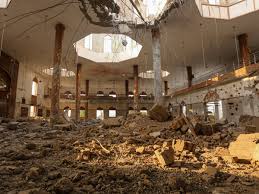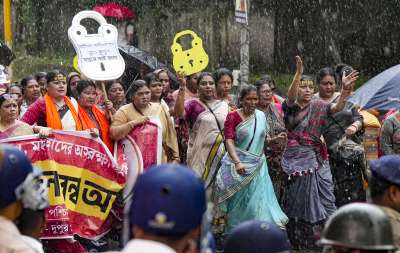Inside Muridke: Did India hit a ‘terror base’ or a mosque? - Agency Report
Inside Muridke: Did India hit a ‘terror base’ or a mosque? - Agency Report

Muridke, Pakistan – The roof of the building sagged dangerously, sunlight peeked through a hole, while the ground below was littered with debris, and the doors of the rooms had been blown in by the blast.
This was India’s message to Pakistan, the outcome of one of a series of missile strikes launched in the early hours of May 7 as retribution for the deadly attack on tourists in Pahalgam, Indian-administered Kashmir, on April 22, in which 26 people were killed. India blamed Pakistan for that attack, but Islamabad has denied any involvement.
The Indian strike on Muridke was a part of Operation Sindoor, the most expansive set of aerial attacks on Pakistan outside the four wars that the nuclear-armed neighbours have fought. And of all the sites targeted by India, it was particularly significant.
Muridke has long been believed to be home to the Lashkar-e-Taiba (LeT) armed group, which India and other countries have blamed for carrying out deadly attacks on Indian soil, including the November 2008 attacks in Mumbai.
But while Indian security officials and the country’s Foreign Secretary Vikram Misri insisted on Wednesday that they struck “terrorist infrastructure” and that Indian missiles only hit armed groups, Pakistan has said that 31 civilians, including at least two children, were killed.
In Muridke, hours after the missile strike, the low-hanging roof belonged to the administrative block of a large compound called the Government Health and Educational Complex. The compound houses a hospital, two schools, a hostel, and a large seminary, with more than 3,000 students studying at various institutions, including the seminary. The compound also included 80 residences, homes to approximately 300 people, most of whom are government employees.
On Wednesday, the administrative block was struck, as was a mosque separated by a large veranda. Three men, all between the ages of 20 and 30 and part of the clerical staff, died in the attack, and one person was injured.
A rescue official at the site told Al Jazeera he had arrived within half an hour of the attack. “I was the one who discovered the first body,” he said, pointing to a room inside the administration block.

















